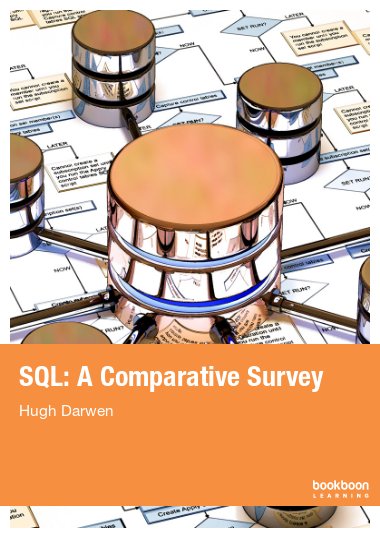SQL: A Comparative Survey is a companion to Hugh Darwen’s An Introduction to Relational Database Theory, best studied in parallel with that text. Closely following the structure of the theory book, it shows how the examples in that book can be expressed in SQL. SQL’s many deviations from relational database theory are thus exposed and their consequences discussed. Drawing on the author’s long experience as a member of the committee responsible for production of the ISO SQL standard, the book includes copious Historical Notes showing how SQL has evolved from its very beginnings in the 1970s.


